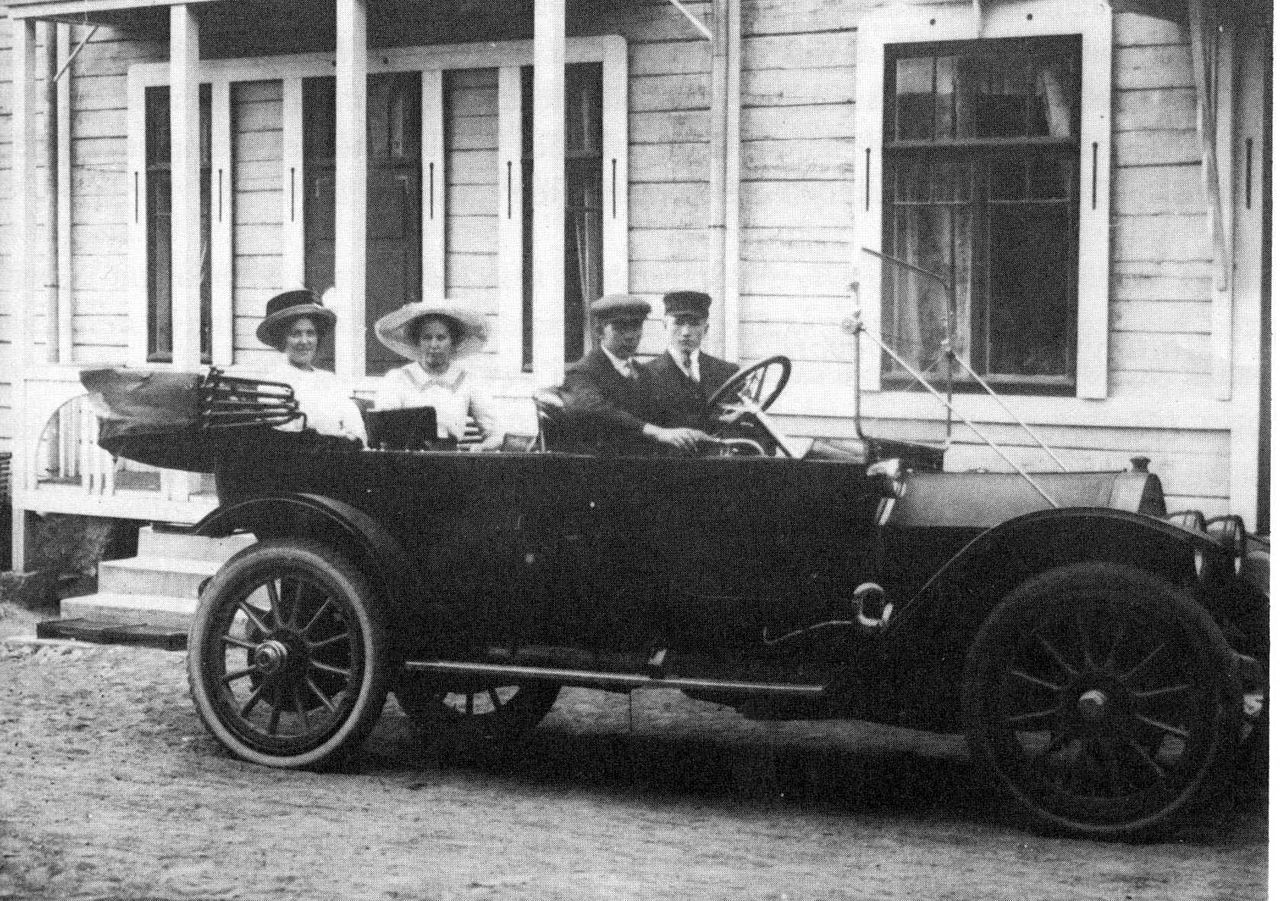We’ve been dreaming about self-driving cars for nearly a century. These days, you’d be hard-pressed to find a tech or business site without seeing yet another announcement about the crowded race towards autonomous vehicles. According to Business Insider, as of 2016, there were 19 companies making significant investments in and progress towards the advancement of autonomous cars. Even here in Portland, the latest headlines read that Mayor Ted Wheeler is welcoming the testing of driverless cars in Portland by the end of the year.
“The Portland Bureau of Transportation will begin soliciting interest from companies to test their autonomous vehicles in Portland.” Mayor Ted Wheeler
Current state of autonomous affairs
Clearly, autonomous cars are coming sharply into focus. Daimler, Mercedes-Benz’s parent company, plans to launch a customer-serving, driver-free taxi service in as little as three years. Due to the latest technological advancements in camera and sensors, as well as the latest trends in computer vision and machine learning, cars can drive themselves on the highway – think Tesla’s “Autopilot” or Daimler’s “Drive-Pilot.” Drivers become passengers knowing their vehicle (which is now an artificially intelligent machine) is staying in its lane and maintaining safe distances from other cars. Along with this extant super cruise control, off the highway connected cars use computer vision and algorithms to help drivers with everything from parallel parking, managing maintenance, and making life-saving collision avoidance decisions.
The machine learning curve
Machine learning is all about prediction and probability. In supervised learning, a programmer teaches a computer by feeding in training data (for example pictures of cats and dogs) and then seeing how accurate the output is in predicting those values (accurately labeling a cat as a cat and a dog as a dog). After every iteration, some values get adjusted and the computer’s response improves. To really test how well the machine has “learned”, you use the algorithm on a new set of data, and you see how well it has generalized. If the training set was not very general (for example all the dogs had huge ears), then the algorithm might not perform very well at recognizing all dogs in pictures. Then there is also unsupervised learning, where data is fed without labels and the computer learns the “general rules” of the data.
For self-driving cars, a lot of the training data has been data of human driving patterns. Things that come very naturally to humans such as knowing the speed at which to drive on certain terrain, the relationship between the angle at which you turn the steering wheel and where the car goes, or the speed at which you should turn at an intersection do not come naturally to a machine. Humans can recognize objects, quickly surmise weather, and generally understand the environment–a rich context that is largely unavailable to computers.
The difficulties for A.I. on the road
It’s one thing for a computer to classify 2D drawings or isolated pictures of animals, but classifying objects in a real world environment is very complicated. You have to account for shadows, overlapping objects, objects that can present themselves from varying angles, road signs in many languages, and many other complexities. It’s impossible to give a machine explicit rules for what a certain object looks like. With the combination of the many different types of algorithms for machine learning, tons of data to learn from (such as footage/images while driving, sensor data, and field tests) and data scientists can train computers to recognize objects and behave appropriately in some situations. Take this ability to recognize objects and on top of it add all the other sensor data a machine has to learn from in order for a car to drive autonomously, such as laser range finders, geo-location, gyroscopes, it’s easy to see how complex things become
Another aspect that is difficult for a machine to learn is the human experience of riding in a car. For example, maybe a car will learn an efficient way to drive in the city that involves a lot of rapid stopping and going, but that would be a very uncomfortable experience for its passengers (just ask Uber).
Are you an early adopter?
Imagine what people must have thought when they set eyes on the first automobile. As with any new technology, there are the early adopters, those who saw the automobile as innovation and either wanted one for themselves or wanted to be involved in the progress of the new technology. Then there are laggards, those who saw the car as a nuisance, thinking it won’t last or it’s too dangerous.
“That the automobile has practically reached the limit of its development is suggested by the fact that during the past year no improvements of a radical nature have been introduced.” Scientific American, January 2, 1909.
This will be the same with autonomous vehicles. These cars need to drive and be tested in order for their algorithms to improve. The problem they face right now is they need real world situations to be tested in. That’s where cities like Portland come in and in Wheeler’s words “Either the technology will happen to us, or we are going to shape the playing field.”
“The technology is coming,” says Mayor Ted Wheeler. “Either the technology will happen to us, or we are going to shape the playing field.”
What does this mean for you?
It seems unlikely that people will rush to ditch their driver needed vehicles and replacing it with an autonomous car. In fact, the value will be in that you won’t actually need to own a car. What you might begin to see are more of the ride-sharing services becoming something like Uber meets Car2go where you summon the nearest available car to come pick you up and take your destination, no driver needed, then leave it in a legal parking spot ready for the next passenger to call it up. In effect, this system would be an attempt to meet a need that cities have previously addressed with buses and trains: mass transit. The potential gains for riders in privacy, convenience, financial outlay and possibly even air quality seem clear. There are other ways to view such a shift, though. What does it mean when investment by private venture firms replaces publicly funded infrastructure? What happens to people in the driving service industry when their jobs are increasingly performed by machines? And will the carbon output of a fleet of cars really be able to outperform large-capacity vehicles?
How soon is our driverless future?
Again, this isn’t happening tomorrow; however, based on these recent announcements and predictions, the next three to five years are going to see major advancements in autonomous vehicles.
NVIDIA to introduce level-4 enabling system by 2018
At the Bosch Connected World 2017 in Berlin NVIDIA’s CEO, Jen-Hsun Huang announced that NVIDIA will provide technology enabling Level-4 autonomous driving capabilities by the end of 2018.
Audi to introduce a self-driving car by 2020
Scott Keogh, Head of Audi America announced at the CES 2017 that an Audio that really would drive itself would be available by 2020.
GM: Autonomous cars could be deployed by 2020 or sooner
General Motor’s head of foresight and trends Richard Holman said at a conference in Detroit that most industry participants now think that self-driving cars will be on the road by 2020 or sooner.
Ford’s head of product development: autonomous vehicle on the market by 2020
Raj Nair, Ford’s head of product development, expects that autonomous vehicles of SAE level 4 (which means that the car needs no driver but may not be capable of driving everywhere) will hit the market by 2020.
Uber fleet to be driverless by 2030
Uber CEO, Travis Kalanick, has indicated in a tweet that he expects Uber’s fleet to be driverless by 2030. The service will then be so inexpensive and ubiquitous that car ownership will be obsolete.
Apple Gets Permit to Test Self-Driving Cars in California
Apple plans to start testing self-driving cars on California roads, the clearest signal yet that the world’s most valuable technology company wants to design or build autonomous vehicle technology.
Additional resources:
A simulation of you could teach a car to learn how to behave in traffic
Udacity has some great data sets and challenges for self-driving car related machine learning
https://github.com/udacity/self-driving-car
Cool link about the sensor technologies used in self-driving cars
https://www.national.co.uk/tech-powers-google-car/





